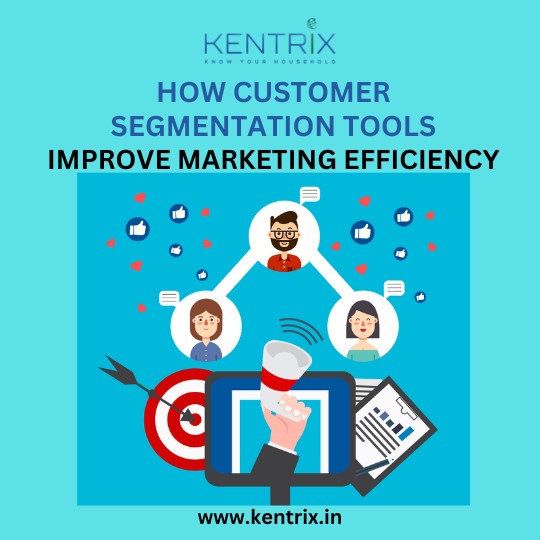In the marketing landscape, one principle has remained consistently true: a one-size-fits-all approach rarely delivers optimal results. Today, with the proliferation of data and sophisticated marketing technologies, customer segmentation has become an indispensable strategy for maximizing marketing efficiency. This blog explores how customer segmentation tools, driven by powerful Data Analytics, empower businesses to refine their targeting, personalize their messaging, and ultimately, achieve a higher return on their marketing investment.
In the past, marketers relied on broad demographic data and assumptions about their target audience. This often resulted in wasted resources and diluted messaging. Today, customer segmentation tools, powered by Data Analytics, offer a much more precise and effective approach.
The Power of Customer Segmentation
Customer segmentation entails dividing a customer base into targeted groups with similar characteristics. These characteristics can include demographics, psychographics, purchasing behavior, online activity, and more. Effective customer segmentation allows businesses to:
- Improve Targeting: By understanding the unique needs and preferences of each segment, marketers can tailor their campaigns to resonate with specific groups, increasing engagement and conversion rates.
- Personalize Messaging: Generic marketing messages often fall flat. Customer segmentation enables personalized messaging that speaks directly to the individual needs and interests of each segment, fostering stronger customer connections.
- Optimize Marketing Spend: By focusing resources on the most promising segments, businesses can reduce wasted ad spend and maximize their marketing ROI.
- Enhance Customer Experience: Personalized interactions and relevant offers create a more satisfying customer experience, leading to increased loyalty and repeat purchases.
- Develop Targeted Product Offerings: Understanding the specific needs of different segments allows businesses to develop products and services that meet those needs more effectively.
How Customer Segmentation Tools Work
Modern customer segmentation tools leverage the power of Data Analytics to automate and refine the segmentation process. These tools typically utilize the following techniques:
- Data Collection and Integration: These tools collect data from various sources, including CRM systems, website analytics, social media platforms, and third-party data providers.
- Data Refinement: Converting raw data into accurate and reliable information. These tools clean and prepare the data for analysis, ensuring accuracy and reliability.
- Statistical Modeling and Analysis: Using advanced statistical techniques and algorithms, these tools identify patterns, trends, and correlations within the data, revealing distinct customer segments.
- Machine Learning: Machine learning algorithms can automatically identify and refine customer segments over time, adapting to changing customer behavior and market trends.
Types of Customer Segmentation
Customer segmentation tools can be used to create various types of segments, including:
- Demographic Segmentation: Based on factors such as age, gender, income, education, and location.
- Psychographic Segmentation: Dividing customers based on their lifestyle, values, interests, and personality characteristics.
- Behavioral Segmentation: Based on purchasing history, online activity, and engagement with marketing messages.
- Geographic Segmentation: Based on location, such as country, region, city, or pin code.
Benefits of Using Customer Segmentation Tools
The benefits of using customer segmentation tools are numerous and far-reaching:
- Increased Conversion Rates: Targeted messaging and personalized offers resonate more effectively with customers, leading to higher conversion rates.
- Improved Customer Retention: Personalized interactions and relevant offers foster stronger customer relationships and increase loyalty.
- Higher Customer Lifetime Value: By retaining customers and encouraging repeat purchases, businesses can increase their customer lifetime value.
- More Effective Marketing Campaigns: Customer segmentation tools enable marketers to create more targeted and effective campaigns, maximizing ROI.
- Better Product Development: Understanding the needs of different segments allows businesses to develop products and services that better meet market demands.
Implementing Customer Segmentation Tools
Implementing customer segmentation tools effectively requires a strategic approach:
- Define Clear Objectives: Determine what you want to achieve with customer segmentation.
- Gather Relevant Data: Identify the data sources that will provide the most valuable insights.
- Choose the Right Tool: Select a customer segmentation tool that meets your specific needs and budget.
- Analyze and Refine Segments: Continuously monitor and analyze your segments to ensure they remain relevant and effective.
Kentrix: A Powerful Choice for Customer Segmentation
For businesses seeking a robust and effective customer segmentation solution, Kentrix offers a compelling suite of tools.
Kentrix offers an array of customer segmentation tools which include:
- LSI® : categorizes 915 million Indian consumers into detailed segments based on their lifestyles, preferences, and behaviors, enabling precise targeting and tailored marketing strategies.
- Karma: A data enrichment platform that enhances consumer profiles for your customers and prospects with detailed attributes, such as income profile, lifestyle segmentation, expenditures, and purchase patterns.
- Persona 360: A comprehensive consumer data tool that integrates lifestyle, demographic and behavioral data of 915 million Indians to create detailed customer personas for hyper-personalized digital marketing.
Also Read: Demographic Profiling: The Science of Reaching the Right Audience
Conclusion
In today’s competitive marketplace, customer segmentation is no longer a luxury; it’s a necessity. Customer segmentation tools, powered by Data Analytics, empower businesses to refine their targeting, personalize their messaging, and maximize their marketing ROI. By investing in these powerful tools and adopting a data-driven approach, businesses can unlock significant growth opportunities and build stronger customer relationships. Choosing a partner like Kentrix can further streamline this process and ensure optimal results.
FAQs
1. What are the main types of customer segmentation?
The four main types are demographic, geographic, behavioral, and psychographic segmentation.
2. How do segmentation tools improve ROI?
By targeting specific customer groups, segmentation tools help maximize campaign effectiveness and reduce waste, leading to better ROI.
3. Which industries benefit most from customer segmentation?
Industries like retail, e-commerce, finance, and healthcare benefit greatly as they have diverse customer bases.
4. Can small businesses use customer segmentation tools?
Yes, many tools are affordable and scalable, making them accessible for small businesses.
5. What is the future of customer segmentation?
The future includes deeper integration with predictive analytics and machine learning, making segmentation even more dynamic.



